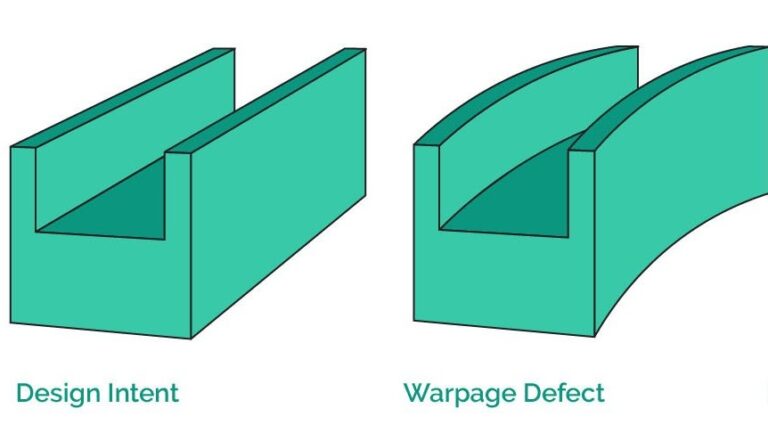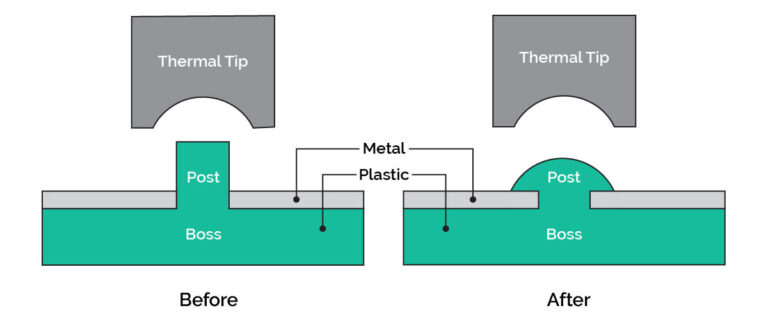Time to read: 5 min
Congratulations! After a long design and prototype verification process, mass production has finally begun for your product.
Let’s imagine that your first batch of a few thousand units sells out in a few weeks (hooray!), you place a bigger order with the manufacturer, and then an even bigger one in a few months. How do you ensure that the 100,000th device coming off the assembly line is the same as the 1000th? How do you catch and eliminate defects? The answers to these questions lie in quality control (QC).
Quality control consists of 3 components:
IQC → IPQC → OQC
IQC
Incoming Quality Control (IQC) is the inspection and testing of components supplied by other vendors. The purpose of this step is to catch any defects before assembly starts. Usually, we sample the lot instead of checking every component; the aim of this approach is to catch bad batches of components rather than eliminating a few bad apples (more on sampling later).
We can perform dimensional, visual, and functional inspections on the incoming components. For example, when molded plastic parts arrive at the assembly facility (commonly referred to as EMS, or Electronic Manufacturing Supplier), the IQC team should select a sample and check for critical dimensions and cosmetic appearances. Similarly, PCBs are usually outsourced and the EMS will inspect boards before soldering on components (commonly referred to as SMT, or Surface Mount Technology) in-house.
Remember the cosmetic acceptance criteria you defined during DVT? That’ll come in
handy now for writing visual inspection procedures. For low to mid-volume products, we mostly depend on human operators for visual inspection. “Golden sample” and “limit samples” are essential for this process.
A golden sample is a cosmetically perfect version of your product and limit samples provide visual upper and lower bounds of your product’s acceptable appearance. It’s much easier to compare the inspection sample to a standard than try to interpret words and pictures. However, if color inspection is important to you, rely on a colorimeter rather than the human eye.
IPQC
As the name suggests, In Process Quality Control is performed during the manufacturing process. This step catches defects that may arise during assembly.
At the injection molding supplier, IPQC could mean looking for parts with cosmetic defects as they come off the mold.
At the EMS level, IPQC consists of inspection and tests that are integrated into the assembly process. The inspection and testing instructions are integrated into Standard Operating Procedures (SOPs), so 100% of units go through these tests. Your critical functions needs to be tested at 100%, so they should be included in the IPQC process.
Here are a few examples of IPQC inspections and tests:
1. In circuit test on a bed-of nails fixture (for PCBAs)
2. Mechanical functional tests (for partial or complete assemblies). This includes:
- button pressing
- check that mechanisms work as expected and don’t stick
- force measurement
3. Functional/built-in tests (for partial or complete assemblies)
- Turn device on and off
- Perform an action to trigger sound output
- Audio frequency sweep
- Perform an action to turn on LED
- Connect to bluetooth and wifi
Protips for functional/built-in tests:
- if you’re building a smart device, considering building a dedicated test app to go through these motions.
- if your test depends on internet connectivity, make sure you set up infrastructure to allow this. A lot of Chinese factories have poor internet made worse by firewalls. I find mobile hotSpots to be a decent low-cost solution.
4. Visual inspection
- Since IQC is meant to catch bad batches rather than rare defects, visual inspection during the assembly process adds redundancy to catch those rare bad apples.
- Also, assembly processes might cause a small amount of wear and tear to cosmetic components, or the assembly of two components might be skewed. You’ll want to catch these defects on the assembly line as much as possible.
IPQC tests should be simple and fast to perform. Break up long tests into shorter individual steps, or build a fixture or program to automate complex tests. The pass/fail criteria should be binary and obvious to the operator, but you should still collect data on how often and how badly things are failing and then use the data to improve your process.
Additionally, the operator shouldn’t need a lot of training to do these tests well, because operator turnover is very high in Chinese factories. In fact, all SOPs (not just testing and inspection) should be so simple that someone can understand and do an acceptable job after reading the instructions once.
OQC
Outgoing Quality Control is the last step before fully assembled products leave the factory. We do a sampling once again to perform visual and functional inspections and can also take a sample for reliability testing.
You might be wondering: why do we still do reliability tests after validation at the DVT stage? We do this because a supply chain has many layers. Little changes happen at different layers, which can add up to big differences between batches and you’re not always informed of changes at the lower levels of your supply chain. Doing destructive tests ensure that your product remains at spec through a long mass production process.
Also note that it’s especially important to do comprehensive testing after an engineering change order (ECO) has been implemented, to make sure it doesn’t have unintended effects.
Sampling
Lastly (as promised): sampling. A very commonly used sampling methodology is the MIL-STD-105E standard. You can check out this link for a detailed explanation.
The basic procedure is:
- Decide on the AQL (Acceptable Quality Limit); AQL is the maximum percentage of defects you allow in a batch
- Decide on the inspection level
- Determine the lot size.
- Enter the table to find sample size code letter
- Decide on type of sampling to be used
- Enter proper table to find the plan to be used
- Begin with normal inspection, follow the switching rules and the rule for stopping the inspection (if needed)
+ Here’s a handy calculator if you don’t want to read tables.
I’ll admit, testing and QC amounts to a lot of work. If you’d rather outsource this work, SGS and Intertek are great resources. There are also professional quality agents in big manufacturing centers all over the world to help you audit contract manufacturers.
You might have also noticed there are a lot of redundancies between IQC, IPQC, and OQC. Redundancies do cost time, but they’ll also help save you money in the long run.
It’s better to put in the effort up front rather than dealing with expensive returns and recalls, not to mention the damage to your company’s reputation. So make a solid testing and quality plan, and if you follow through, you’ll thank yourself at the end.











